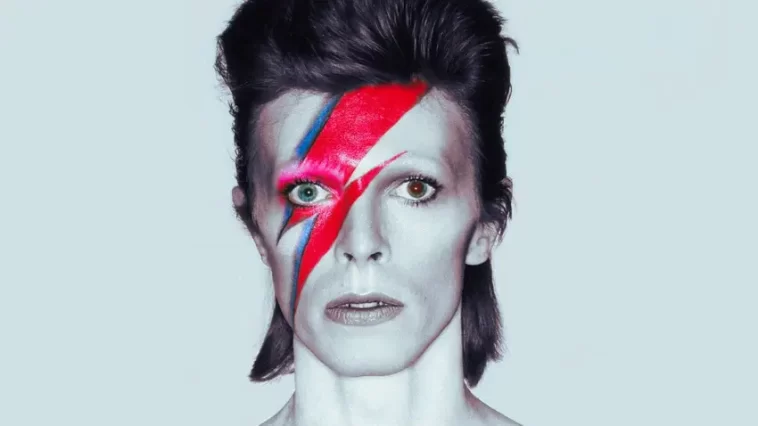London, UK – Music fans now have a rare opportunity to step directly into the creative world of David Bowie. The newly opened David Bowie Centre for the Study of Performing Arts, located at the V&A East Storehouse in London, offers visitors an unprecedented glimpse into the personal archive of one of the most influential musicians of the 20th century.
The archive contains over 90,000 items spanning Bowie’s career in music, fashion, theater, and writing. Fans can explore handwritten lyrics, unpublished notes, private lists, stage costumes, and even the original key to his Berlin apartment—turning the centre into a time capsule of Bowie’s artistic journey.
Bowie’s Handwritten Lists and Creative Reflections
Among the most fascinating discoveries is a series of handwritten pages where Bowie outlined his “All-Time Favourites.” Here, he praises Jack Kerouac’s On the Road and John Rechy’s City of Night, crediting the latter with opening his eyes to new possibilities beyond his early life in Bromley.
In another document dated 1995, Bowie created a striking list of what he considered “in” and “out” at the time. His “in” column included spirituality, chaos surfing, and reasonable cybernetic systems, while his “out” column listed post-modernism, religion, irony, and even “David Bowie” himself—showcasing his trademark humor and self-awareness.
Bowie’s Favorite Songs Revealed
Perhaps the most exciting section for music lovers is Bowie’s personal playlist of favorite records. Spanning classical works, rock ‘n’ roll, experimental sounds, and jazz, the list highlights Bowie’s diverse influences:
- Fantasia on a Theme by Thomas Tallis – Ralph Vaughan Williams (1910)
- Four Last Songs – Richard Strauss (1948)
- Right Now Right Now – Alan Freed and His Rock ’N’ Roll Band (1956)
- True Fine Mama – Little Richard (1957)
- Some Day My Prince Will Come – Miles Davis (1961)
- Ecclusiastics – Charles Mingus (1962)
- Beck’s Bolero – Jeff Beck (1966)
- Across the Universe – The Beatles (1969)
- Mother of Pearl – Roxy Music (1973)
- The Electrician – Walker Brothers (1978)
- Tom Violence – Sonic Youth (1986)
This eclectic selection shows Bowie’s lifelong appetite for musical innovation and his ability to draw inspiration from different genres and generations.
Rare Costumes and Stage Memorabilia
The archive also includes Bowie’s legendary Ziggy Stardust outfits designed by Kansai Yamamoto. Visitors can view the iconic silk blouse embroidered with a peacock motif—complete with visible makeup stains along the hemline. Other highlights include the oversized black-and-white costume Bowie wore during his famous Saturday Night Live performance and the working cover art of his groundbreaking album Low (1977).
A Creative Legacy That Lives On
The exhibition even features materials from Bowie’s final projects, including notes for The Spectator, a stage musical inspired by 18th-century London. These documents reveal his plans for dramatic earthquake effects and elaborate stage design, offering fans an intimate look at Bowie’s creative process in his last years.
The David Bowie Archive is more than just a collection—it is a living tribute to a visionary artist whose influence transcended music. For lifelong fans and newcomers alike, it offers an extraordinary chance to experience Bowie’s genius from the inside out.

